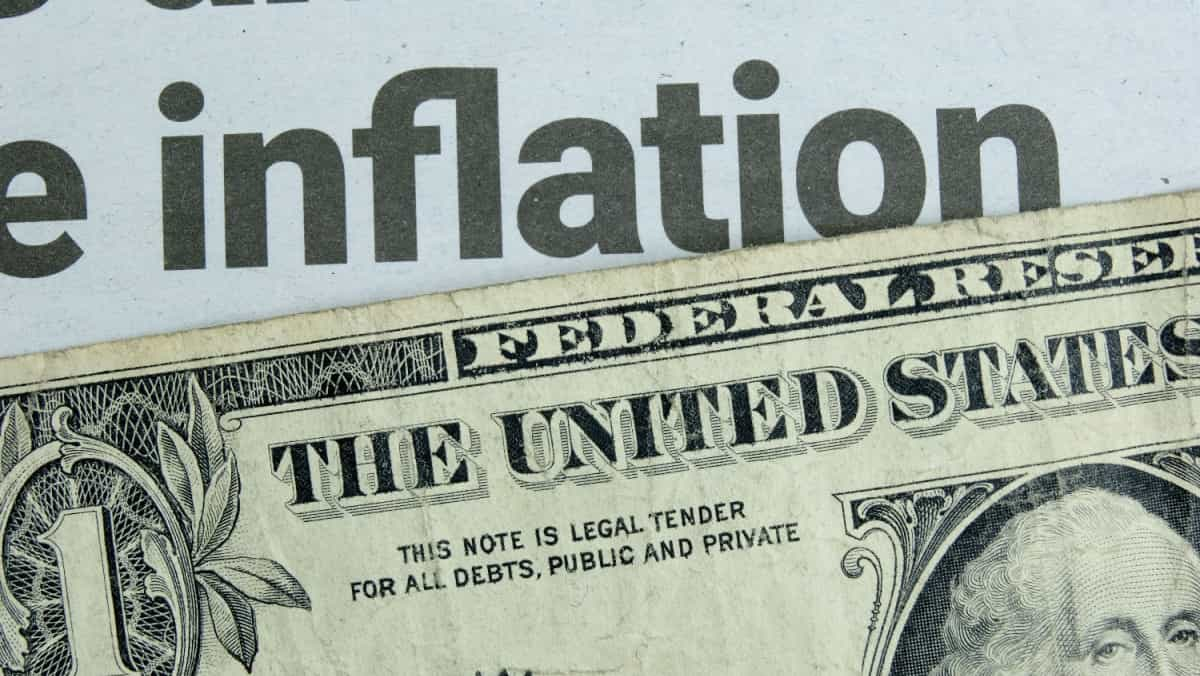
Thursday Apr 11 2024 10:33

5 min

Markets were rattled on Wednesday following the release of a hotter-than-expected US inflation report, with both stocks and bonds selling off as traders questioned whether the Federal Reserve will refrain from cutting interest rates at all this year.
In a conversation with MarketWatch, George Catrambone, head of fixed income for the Americas at German asset management firm DWS Group, said:
“Are we actually going to get the cuts in 2024? Not if we continue to get data like this”.
The consumer-price index (CPI) for March indicated inflation levels that exceeded Wall Street forecasts, igniting fears that inflation is not steadily declining towards the Fed's 2% target. Traders in the federal funds futures markets appear to have quickly taken rate cuts off the table for the Federal Reserve’s June and July meetings, as per data cited by the CME FedWatch Tool.
The inflation data for March complicates the situation for investors trying to predict when the Fed might start to lower its benchmark interest rate. According to Catrambone, the possibility of a quarter-point cut in September now looks like a “coin flip”, pushing back expectations for an easier monetary policy.
The US Federal Reserve has been keeping its policy rate elevated in an effort to bring down inflation, which remains sticky despite having eased significantly from its peak in 2022.
US inflation, as measured by the CPI, increased by 0.4% in March for a year-over-year rate of 3.5%, as reported by the US Bureau of Labor Statistics. Core CPI, which excludsed volatile food and energy prices, also rose by 0.4% last month, reaching an annual rate of 3.8%.
Headline US inflation accelerated from 3.2% in February, while the year-over-year core CPI remained unchanged. That compares to a peak headline CPI of 9.1% in June 2022.
Treasury yields surged following the US CPI report. The yield on the 10-year Treasury note climbed by approximately 18 basis points to around 4.54% as of Wednesday afternoon, while the two-year rate jumped about 21 basis points to roughly 4.95%, according to FactSet data. Bond yields and prices tend to move in opposite directions.
According to commentary from DWS Group’s George Catrambone, there is a risk of no interest rate cuts this year due to the unpredictable inflation figures:
“It may be a while that we’re in this turbulent period. I think markets are going to remain fragile [and take note of every economic data release and commentary from Fed officials until rate cuts eventually begin]. There’s a risk we may not see cuts this year at all.”
Current projections in the fed-funds futures market suggest a high likelihood that the Fed will keep its benchmark rate between 5.25% and 5.5% at its June meeting, with a 59% chance of maintaining it in the same range in July.
The outlook for the Fed's September meeting is now mixed, with traders assigning a 45.5% probability to a quarter-point rate cut and a 34.2% chance that rates will remain unchanged, according to the CME FedWatch tool.
Long-term Treasury bonds have suffered due to delayed expectations for interest rate cuts this year. The iShares 20+ Year Treasury Bond ETF has seen a significant decline, dropping 7.7% on a total-return basis as of Wednesday.
Meanwhile, the surge in Treasury yields has prompted a sharp downturn in the U.S. stock market, with major indices ending in the red on Wednesday.
The Dow Jones Industrial Average fell by 1.3%, the S&P 500 index dropped by 1.1%, and the Nasdaq Composite by 1% — though the S&P 500 is still up about 8% for the year despite the recent sell-off.
John Higgins, chief markets economist at Capital Economics, commented on the S&P 500’s decline in a note cited by MarketWatch on Wednesday:
“Today’s slump in [the] S&P 500, following the release of a hotter-than-expected U.S. CPI report for March, underscores the U.S. stock market’s vulnerability to disappointing news on inflation.”
“Nonetheless, even though the pull-back was accompanied by a surge in short-dated Treasury yields as investors continued to pare back their expectations for monetary easing, we doubt it marks the beginning of a new trend in equity prices”.
When considering shares, indices, forex (foreign exchange) and commodities for trading and price predictions, remember that trading CFDs involves a significant degree of risk and could result in capital loss.
Past performance is not indicative of any future results. This information is provided for informative purposes only and should not be construed to be investment advice.
